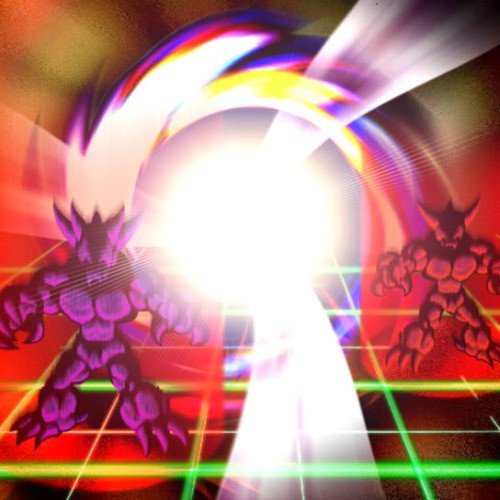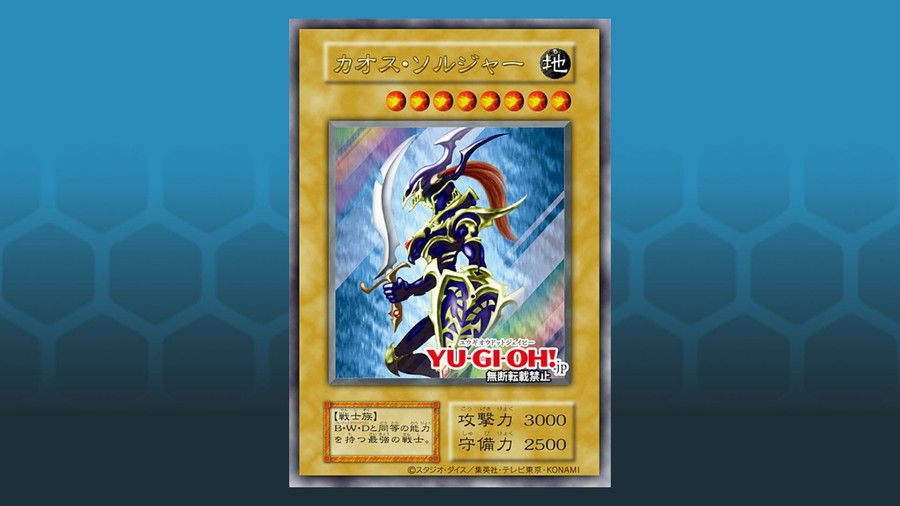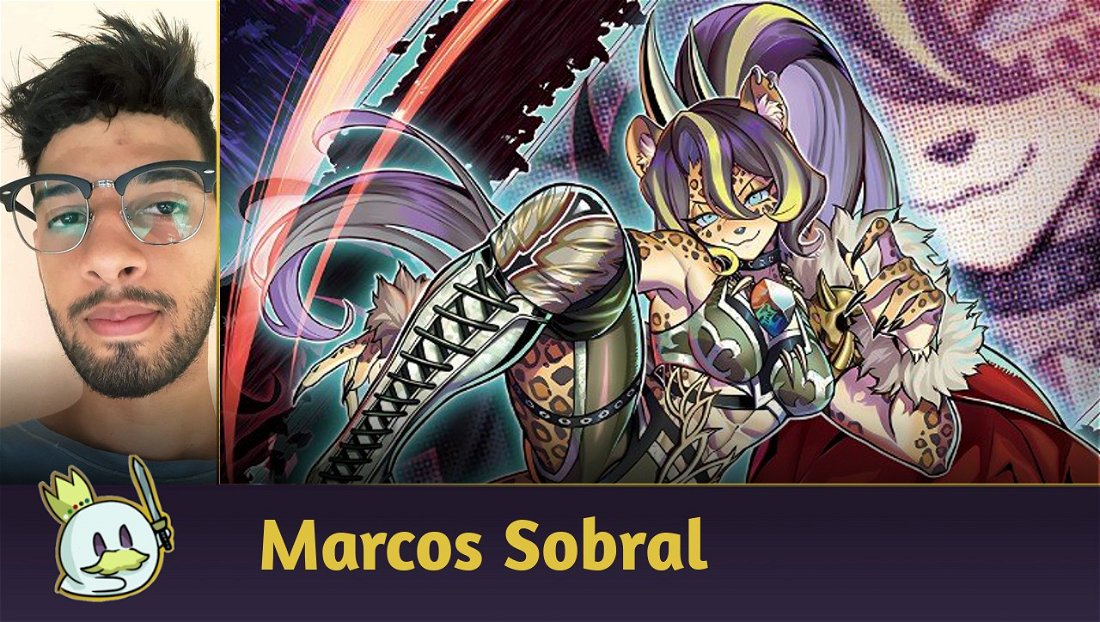Introduction
Among the various concepts present in the Yu-Gi-Oh! TCG, deckbuilding is one of the most important and interesting ones, both for meta decks and for more casual decks.
Great players usually follow an organization pattern when building their decks, which can make decks of the same archetype very similar, and when a list finally stands out from the rest, it is common for it to be “copied” by other players and become a trend in the Metagame.
However, there are players who choose not to copy the standard lists because they consider them inflexible and uncreative, and decide to use a unique decklist, built by themselves, which can be seen as “using a wrong list” or bad for many.
Particularly, I don't believe that every different list from the standard is wrong, especially when the difference is due to high-value cards that you need to replace, but, to be "well assembled", your list needs to maintain the consistency and synergy of the deck.
So, I separated 5 mistakes that may harm your deck's performance and that you should avoid when building a new list!
1. Maximize the number of cards unnecessarily
Yu-Gi-Oh decks can use anywhere from 40 to 60 cards in their main deck, and barring a few exceptions, it's ideal to keep your deck to exactly 40 cards. The reason is that the fewer cards, the closer you are from drawing the best cards to start your plays, ensuring consistency in your deck.
The exceptions to this rule tend to be decks that have a huge engine, often with many “garnets” present, and increasing the number of cards is a way to “hide” them in your deck.
In addition, there are some moments where decks with more cards than conventional become quite popular, as with B.A.S.E.D and Eldlich Cybers, and there are some formats that use 60 cards. However, it's important to make it clear that these decks didn't use the maximum number of cards because it was the new meta fad, but because they worked better that way.
2. Using too many “Win More” cards
“Win More” is a term for cards that make you overwhelm your opponent even more when you already have the advantage in the game, but are not good enough when you are disadvantaged.
An example of a “Win More” card is Ground Collapse, which has the effect of blocking 2 zones from monsters on the field. And if used in the Kashtira deck, it allows you to block all the opponent's monster zones more easily.

However, if you've already blocked 3 monster zones, you're clearly advantaged in the Duel and most likely wouldn't need to use this card to win. Also, in situations where you are losing, blocking these zones won't help you, since your opponent has already established and put their interactions on the field.
3. Not considering the balance between engine and non-engine cards
It is quite common for new players to build their decks without caring about the number of engine or non-engine cards, something that affects not only the consistency, but also its ability to play on top of fields built by its opponent, because of this, it is essential to understand both concepts and know how to balance them.
The engine of a deck is formed by the cards that help you make your plays, such as your archetype cards and also consistency cards, since they are in the deck to make you reach your engine more easily.
Your non-engine is composed of cards that don't interact with your core game plan, that is, your techs, cards responsible for interacting with the opponent such as handtraps, board breakers or floodgates, for example.
The big issue in maintaining this balance is keeping your engine with the exact number of cards it needs to run consistently, not too many or too few. This is because the number of cards in your engine will dictate the available space you will have for your techs. If the number of techs remaining until completing 40 cards is too low, you can consider increasing the number of cards in the deck, but for that, you need to research and train a lot to make the best possible decision.
4. Not considering the Meta Call when choosing techs
In addition to using an adequate number of techs in your deck, you must choose very well which techs you will use, and making a good Meta Call is essential to select the best options. A good Meta Call is not just following the general Metagame, but knowing the local “meta” of the region where you will play so that you can prepare for it.
Once you know which are the main decks in your region, the ideal is to use techs that are good against most of these decks at the same time. If your location predominates Sky Striker and Salamangreat, for example, using Nibiru, the Primal Being wouldn't be such a suitable option because although it is great against Salamangreat, it is useless against Sky Striker. A viable option in this scenario would be to use Kaijus, which are good against both decks.
If you don't know which decks you're going to face, the best option is to use the most generic techs possible. Cards like Ash Blossom & Joyous Spring and Effect Veiler, for example, tend to be useful against most decks and are adequate options, as they are unlikely to be useless against any deck.
5. Mix archetypes that lack synergy
In an attempt to fill gaps or increase the power ceiling of a deck, it is common for players to try to mix two or more archetypes, but this practice doesn't always work as expected. To really improve a deck, it is necessary that the archetypes used have a good synergy to guarantee its consistency.
The synergy between archetypes can be related to several factors, whether characteristics of monsters such as type, attribute and level or even similar effects, or that complement each other.
Some archetypes manage through their own engine to access the monsters of another archetype. Like, for example, Spright, who play patterns can access the Live Twin engine using its extra deck monsters, Spright Sprind and Gigantic Spright. And also P.U.N.K, who can access Gold Pride monsters after performing its standard combo and using its monsters to summon Gold Pride - Chariot Carrie.
There are also more subtle synergies, which, even though they don't connect one archetype to the other, can work well together, such as the Invoked and Dogmatika archetypes. Thus, if you intend to mix archetypes, it is of great importance to verify if this union is really beneficial for the deck.
Conclusion
What did you think of the tips? Did you miss any others? Answer here in the comments.
For more tips and information about the Yu-Gi-Oh! TCG keep following our articles, Cards Realm appreciates your collaboration!














— Comentários 0
, Reações 1
Seja o primeiro a comentar